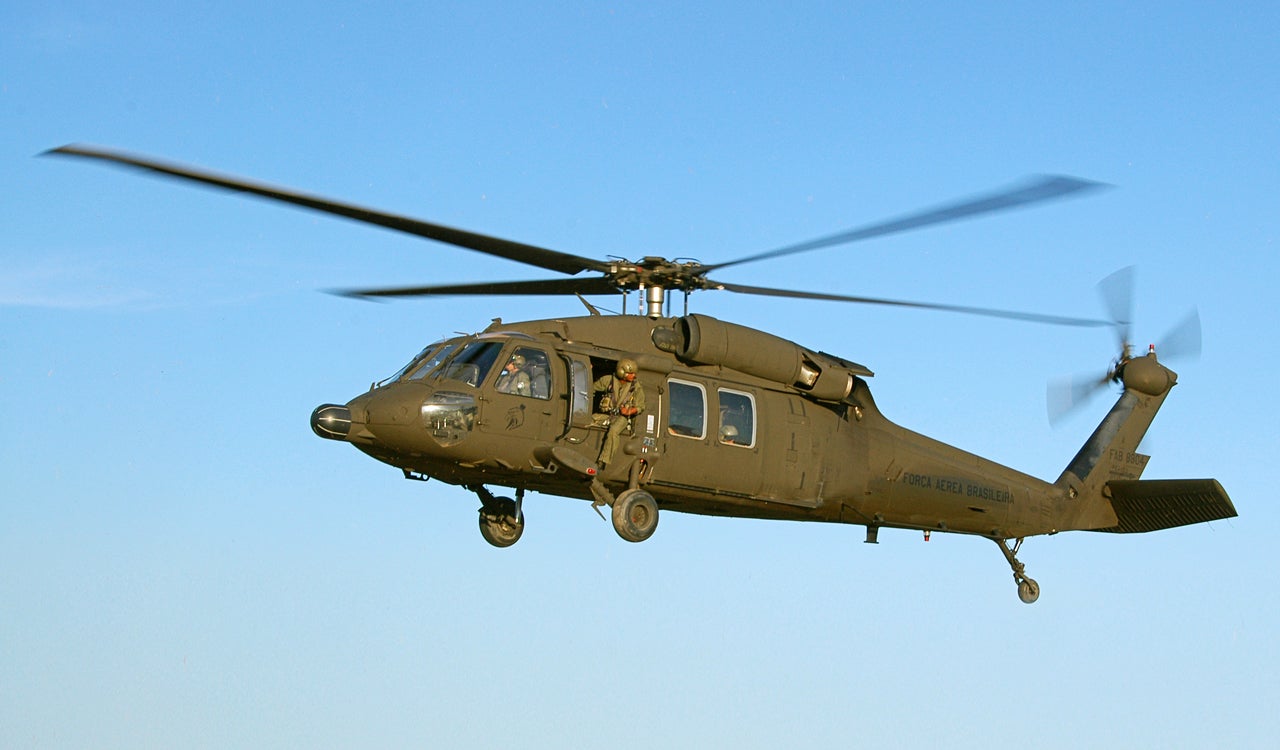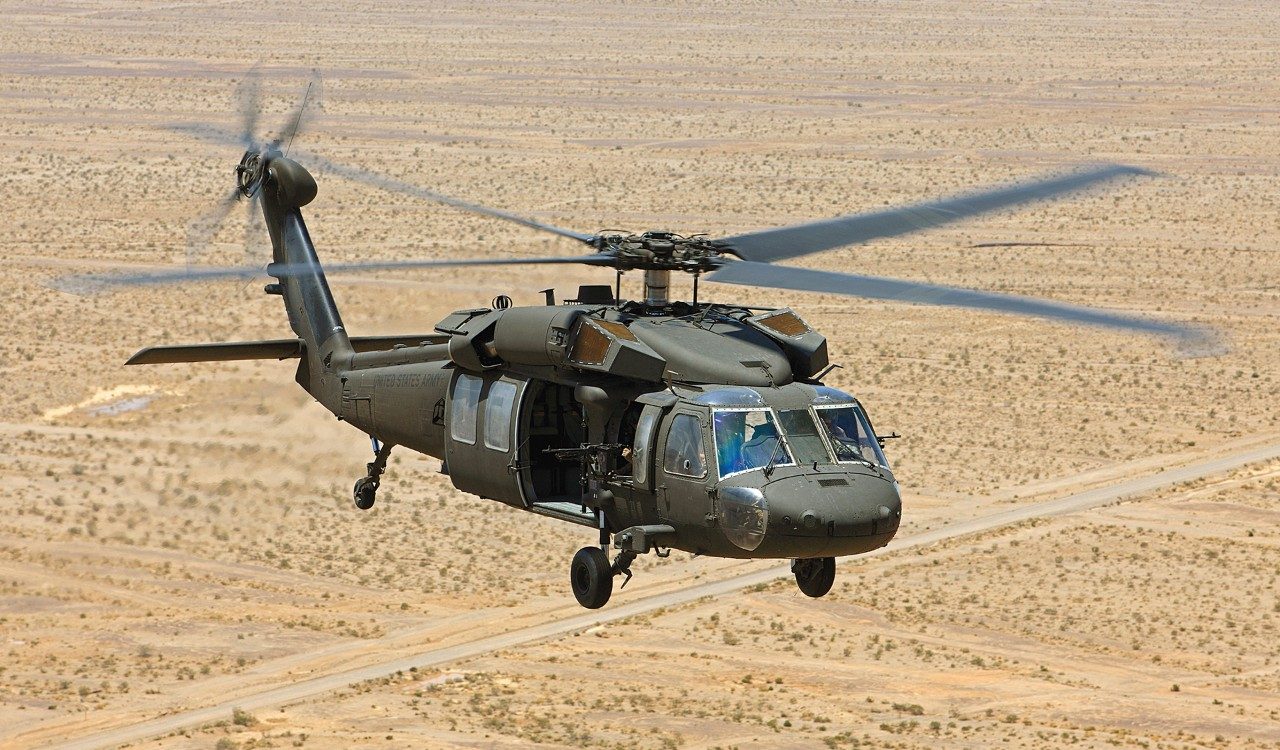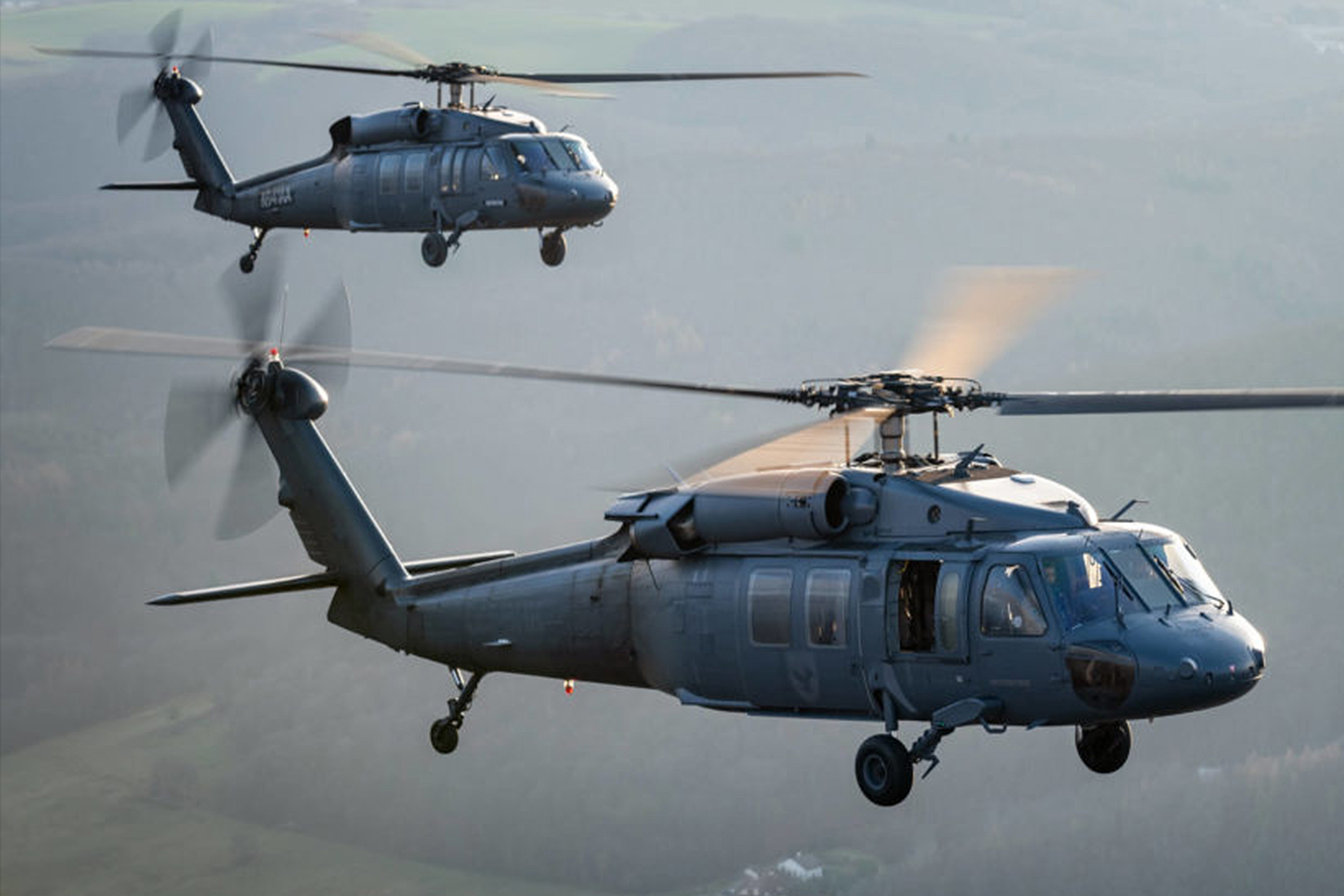Exploring the Innovative Technology Behind Aircraft Style and Engineering
The area of airplane style and engineering is seeing a transformative shift driven by cutting-edge technologies that boost efficiency, sustainability, and effectiveness. As the sector grapples with the challenges of environmental obligation, advancements in sustainable air travel innovations assure to reshape the future.
Advanced Materials in Airplane Style
Just how can the integration of advanced products change airplane style? The consolidation of sophisticated materials, such as carbon fiber composites, titanium alloys, and progressed ceramics, plays a critical function in enhancing aircraft efficiency and effectiveness. These materials use exceptional strength-to-weight proportions, enabling suppliers to reduce overall aircraft weight without jeopardizing architectural honesty. This decrease in weight straight adds to boosted fuel efficiency and increased payload capacity.
Furthermore, advanced materials show enhanced resistance to deterioration and exhaustion, resulting in lower maintenance prices and extensive life span. The use of titanium in essential components helps hold up against severe temperatures and stress and anxieties, while carbon fiber composites provide adaptability in style and production processes. This flexibility permits more wind resistant shapes, contributing to exceptional efficiency qualities.
Moreover, the assimilation of wise products, which can transform residential properties in reaction to external stimulations, opens up brand-new avenues for adaptive systems in airplane layout. uh 60. These innovations guarantee not just to boost safety and functional effectiveness however additionally to add to sustainability initiatives by reducing ecological effect via minimized discharges. In recap, progressed products are redefining the landscape of airplane style, leading the method for a lot more effective, long lasting, and environmentally friendly aviation remedies
Aerodynamic Advancements for Performance
Wind resistant innovations play an essential role in improving airplane performance, significantly affecting gas usage and total performance. Advances in airfoil layout, such as the intro of supercritical wings, permit for optimized lift-to-drag proportions, reducing drag at transonic speeds. These developments make it possible for aircraft to maintain greater speeds with lower gas expense, directly influencing operational costs and environmental sustainability.
In addition, the combination of winglets has confirmed efficient in mitigating vortex-induced drag at the tips of wings, further enhancing gas effectiveness - uh 60. This design adjustment brings about a reduction in wake disturbance, adding to boosted wind resistant performance during cruise ship problems

Furthermore, computational liquid characteristics (CFD) devices have actually transformed the testing and refinement of wind resistant forms, allowing for specific simulations of air movement around aircraft (uh 60). This makes it possible for engineers to introduce continually, ensuring that modern-day aircraft not only satisfy governing standards but likewise push the boundaries of efficiency in air travel

Role of Computer System Simulations
Computer simulations have ended up being an essential device in the area of airplane layout, enabling designers to conduct thorough analyses and optimizations of numerous style aspects. These simulations permit for the digital testing of aerodynamic homes, structural stability, and efficiency metrics long before physical models are constructed. By using computational fluid dynamics (CFD) and discover this info here finite component analysis (FEA), designers can predict just how air streams around the airplane and how different products will certainly react to anxiety and pressure.
In addition, computer simulations help with the exploration of a large range of scenarios and variables, accelerating the design procedure and reducing costs connected with physical testing. This capability not only enhances the accuracy of predictions relating to airplane habits yet likewise uses insights right into possible design improvements that could not be instantly noticeable via typical methods.

Furthermore, simulations assist ensure compliance with stringent safety guidelines by allowing designers to recognize and remedy prospective issues early in the layout stage. The combination of simulation technologies into the airplane design procedure underscores the substantial developments in engineering methods, inevitably adding to the development of more secure, more efficient, and eco-friendly airplane.
Expert System in Design
Man-made knowledge (AI) is revolutionizing the engineering landscape, especially in aircraft style, by enhancing decision-making procedures and maximizing design operations. Via equipment discovering formulas, AI can analyze large datasets, uncovering patterns and understandings that inform style choices and boost general performance.
AI applications in aircraft style include generative layout, where formulas produce multiple design alternatives based on specified specifications, enabling engineers to examine a more comprehensive series of opportunities. This not only increases the design stage however likewise makes certain that the final products meet rigid efficiency and safety and security standards.
In addition, AI-driven predictive analytics facilitate maintenance scheduling by analyzing historical data and predicting possible failings. This positive method lowers downtime and improves airplane integrity.
In addition, AI help in simulation and modeling, allowing engineers to examine layouts under different problems without the demand for physical prototypes. This capability reduces growth timelines and decreases expenses connected with typical testing techniques.
Sustainable Aeronautics Technologies
The response exists in the adoption of sustainable aviation modern technologies that prioritize effectiveness and minimize carbon emissions. Developments such as sustainable air travel gas (SAFs), which are derived from eco-friendly sources, have emerged as a crucial part in accomplishing reduced lifecycle discharges.
Furthermore, innovations in airplane design, such as the growth of lighter materials and even more aerodynamically efficient forms, add to boosted gas effectiveness. Electric and hybrid propulsion systems are additionally getting grip, providing a path to lower reliance on nonrenewable fuel sources and lessen greenhouse gas emissions.
The combination of these technologies is sustained by regulatory structures and market partnerships targeted at setting enthusiastic sustainability targets. In addition, digital tools like information analytics and artificial intelligence can maximize flight procedures, better boosting fuel continue reading this performance. By embracing lasting techniques and innovations, the air travel industry can not only fulfill the expanding need for flight but additionally play a critical role in dealing with climate modification, making sure an extra lasting future for air transport.
Conclusion
The merging of advanced materials, wind resistant advancements, and sophisticated innovations marks a considerable evolution in aircraft design and engineering. The combination of carbon fiber composites, titanium alloys, and AI-driven processes not only enhances performance and performance but likewise simplifies operations and anticipating upkeep. The continuous advancement of lasting aeronautics modern technologies highlights a commitment to environmental responsibility, leading the means for a greener future in aeronautics. This constant technology will shape the market's trajectory for several years ahead.

Computer system simulations have actually become a crucial tool in the field of airplane layout, enabling engineers to carry out thorough evaluations and optimizations of various style elements.The merging of innovative materials, aerodynamic developments, and innovative modern technologies marks a significant development in airplane layout and design.